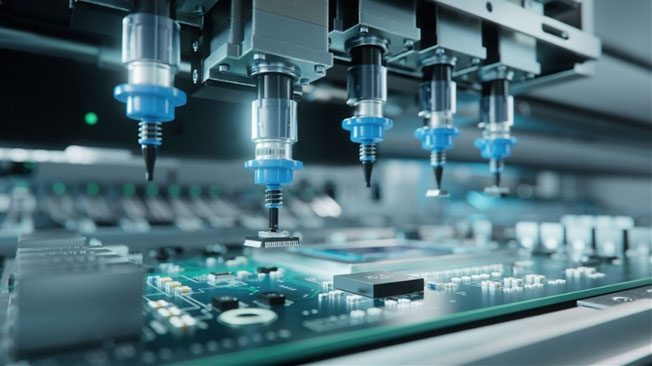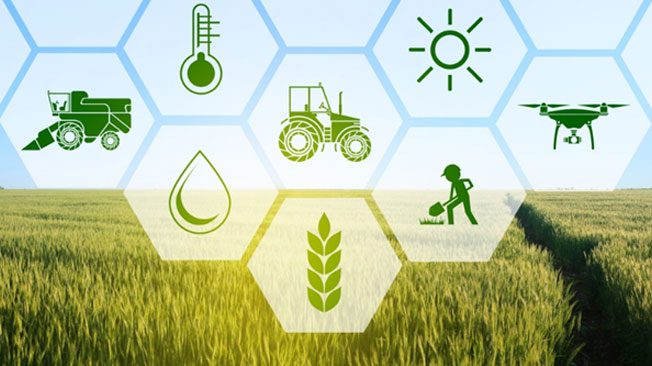
14 Jan Lightweight AI – What it Means and Where it’s Used
Lightweight AI refers to artificial intelligence solutions that are optimized to be computationally efficient, less resource intensive, and more cost effective. The solutions are specifically designed to operate on devices with limited on-board processing power, such as IoT devices, embedded systems, and edge devices. By using simplified models and algorithms, these lightweight AI solutions perform specific asset-management tasks without heavy demands on hardware or other extraneous resources. A few examples include:
- Edge AI: AI deployed on IoT and edge devices where critical data processing happens locally rather than in the cloud.
- TinyML: Machine learning models that run on microcontrollers or other low-power hardware.
- Distilled Models: Models created by distilling larger, more complex models into smaller, faster versions while maintaining much of their original performance capabilities.
Lightweight AI Applications
Lightweight AI solutions are increasingly being deployed in cases where computational efficiency and data processing speed are crucial for operational optimization. A few areas of application, example use cases, and benefits would include the following:
IoT Home Devices
- Application: Smart cameras, home assistants, and wearable devices.
- Example: A smart thermostat that learns and adjusts temperature settings based on learned behavior and preferences without needing to send data to the cloud for processing. This reduces latency and conserves bandwidth.
- Benefit: Lower data transmission costs and faster decision-making since all the computation is done on-device.
Industrial Operations
- Application: Real-time monitoring of performance, health, and security of industrial assets (machines, hardware, networks).
- Example: Lightweight AI algorithms embedded into edge-based industrial assets lean normal asset behavior, detect and alert on performance faults, recommend corrective actions, and provide live asset heath score analytics.
- Benefit: Optimizes asset performance and security, in real-time, by reducing data latency and enabling quicker decision-making.
Agriculture
- Application: AI-powered drones and environmental sensors within agricultural ecosystems.
- Example: A drone equipped with lightweight AI for detecting plant diseases, pest infestations, and irrigation status in real-time, processing the data locally, and providing AI-enabled insights for effective action.
- Benefit: Reduced resource consumption and operational costs by acting on data instantly, without waiting for cloud-based analysis.
Health Monitoring
- Application: Wearable health trackers or portable diagnostic devices.
- Example: A wearable ECG monitor that analyzes heart activity on the device and alerts the user about irregularities in real time.
- Benefit: Reduces the need for constant data transmission to the cloud, improving privacy and ensuring immediate responses.
Lightweight AI Technology
When compared to heavier AI solutions, Lightweight AI typically utilizes unique techniques and technologies, including:
- Model pruning: Cutting out unnecessary parts of a neural network to reduce its size and improve speed and performance.
- Quantization: Reducing the precision of the numbers used in a model to make it smaller and faster, often with minimal loss in accuracy.
- Knowledge distillation: Training a smaller model to mimic a larger, more complex model’s behavior, maintaining accuracy while being more efficient.
- Low-bit quantization: Using lower precision (such as 8-bit integers) for computations to reduce memory usage and computation time.
Lightweight AI Benefits
- Efficiency: Requires fewer computational resources, making it more suitable for embedded and low-power devices. It also reduces the dependence on support from costly external hardware.
- Latency: Reduces delays in data analysis and transmission by processing most of the asset-generated data locally, thereby enabling quicker delivery of insights and faster decision-making.
- Cost-Effective: Reduces the need for cloud storage, server infrastructure, and data transmission costs. This can have a significant impact on the enterprises’ bottom-line performance.
- Privacy: Local processing of data reduces its exposure to cyber-attack, providing hardened security of sensitive information.
- Scalability: Many edge and IoT devices can be deployed in large numbers, making it ideal for scaling applications like smart cities or industrial automation.
In summary, lightweight AI can transform a wide range of industries by bringing advanced machine learning capabilities to devices with limited resources, enabling faster, smarter, and more efficient operations.


